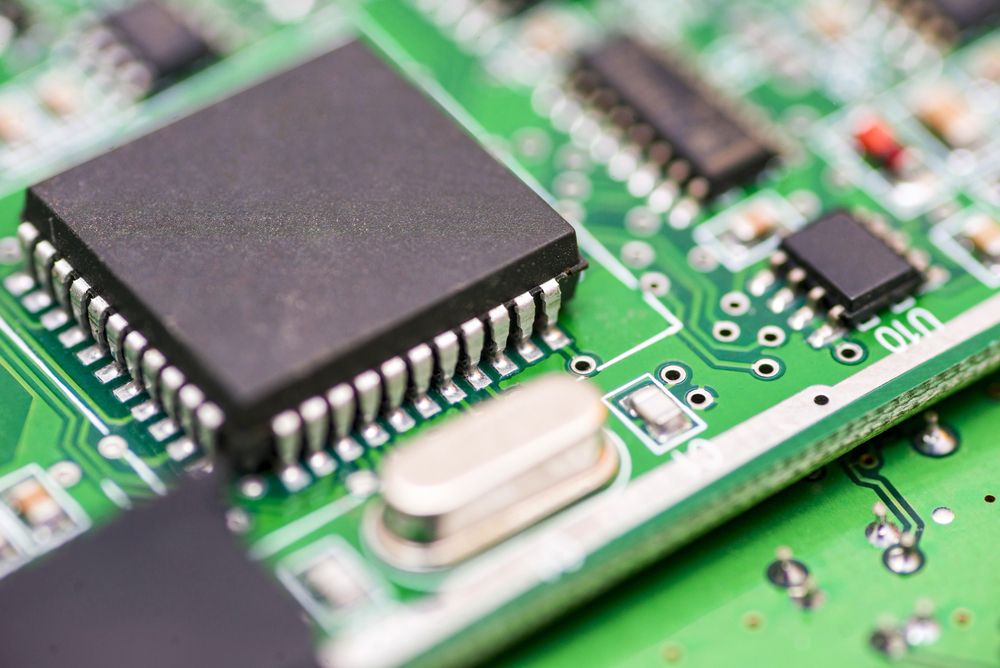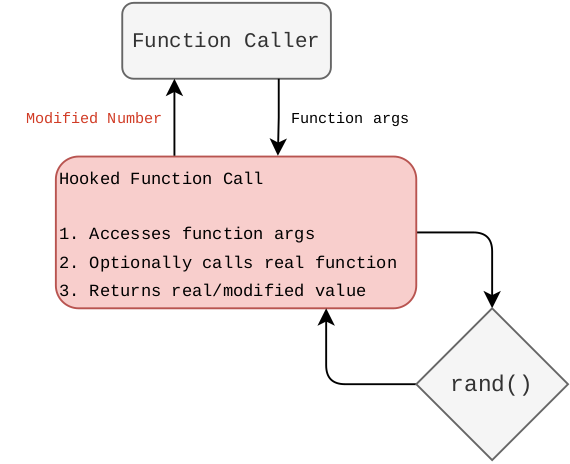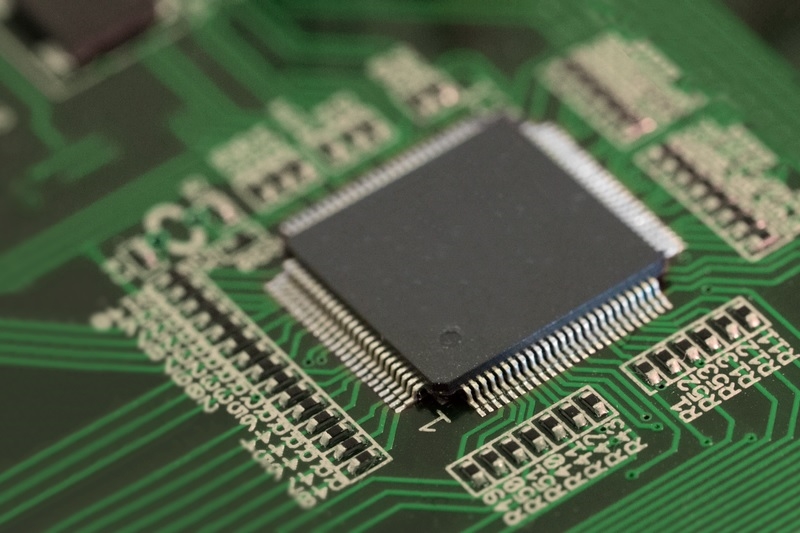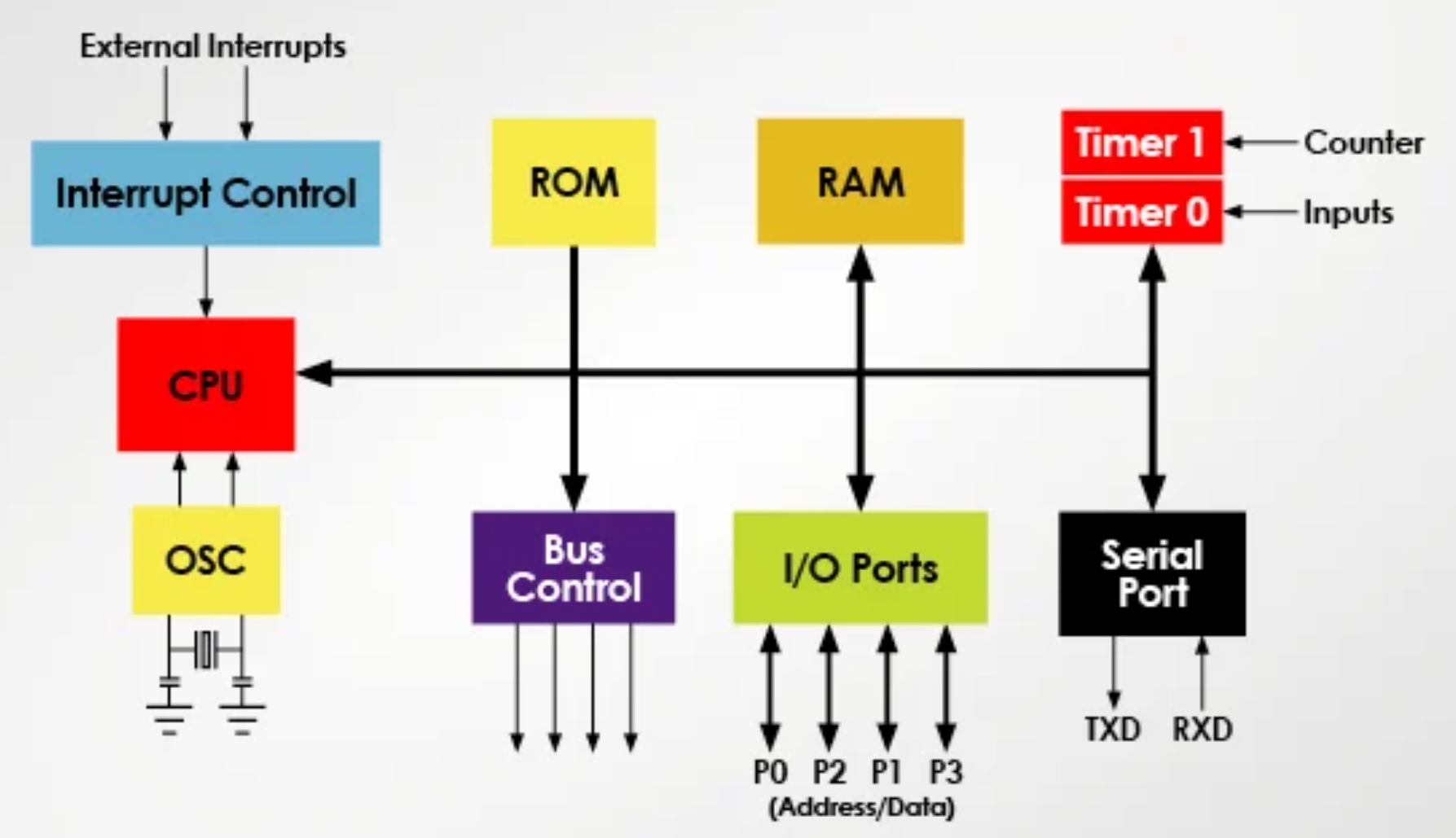 An embedded microprocessor is a compact chip that integrates the CPU, memory, and input/output interfaces and is used in embedded systems. Compared with general-purpose computer processors, embedded microprocessors have distinct characteristics that make them suitable for a wide range of applications. The following summarizes their main features and typical application areas.
An embedded microprocessor is a compact chip that integrates the CPU, memory, and input/output interfaces and is used in embedded systems. Compared with general-purpose computer processors, embedded microprocessors have distinct characteristics that make them suitable for a wide range of applications. The following summarizes their main features and typical application areas.
Features of embedded microprocessors
- Compact and energy-efficient: Embedded microprocessors are designed as small chips with low power consumption and high integration, making them well suited for embedded systems. For example, the ATmega series designed by Atmel combines small size, adequate performance, and low power consumption for use in many embedded projects.
- High processing performance: Many embedded microprocessors provide strong computing capability to handle data and algorithms efficiently. For example, the ARM Cortex-M series offers a balance of performance and low power that is widely used in devices such as smartphones and smartwatches.
- Extensive communication interfaces: Embedded microprocessors often include multiple communication interfaces, such as UART, SPI, and I2C, enabling efficient data exchange with other devices. For example, the ESP8266 series from Espressif includes WiFi connectivity and is commonly used in IoT and smart home applications.
- Programmability: Embedded microprocessors are usually programmable, allowing developers to write software to implement specific functions. For example, an Arduino UNO can be programmed with Arduino language to control various peripherals.
- High customizability: Embedded microprocessors can be tailored to meet specific application requirements, enabling design of devices with domain-specific functionality.
Application areas
Because of these characteristics, embedded microprocessors are applied across multiple domains. The following lists common application areas and examples.
- Communications: Embedded microprocessors are used to control and manage network and communication equipment such as routers, switches, base stations, and modems. For example, Intel Xeon processors are used in high-performance networking equipment to support fast data transfer and processing.
- Automotive: Embedded microprocessors are widely used in vehicle control systems, including engine control units (ECU), anti-lock braking systems (ABS), and in-vehicle infotainment systems. For example, NXP's i.MX series is commonly used in automotive infotainment applications to provide entertainment and navigation functions.
- Industrial control: Embedded microprocessors are applied in industrial automation and control, such as PLC controllers, industrial robots, and monitoring systems. For example, Siemens SIMATIC series processors are used in various industrial automation devices to enable automated production and monitoring.
- Medical: Embedded microprocessors play important roles in medical devices, including cardiac monitors, medical imaging equipment, and in vitro diagnostic systems. For example, TI's TMS320 series is used in medical equipment for high-speed image processing and signal analysis.
- Smart home: Embedded microprocessors are used in smart home systems, such as smart speakers, intelligent lighting, and security systems. For example, the Raspberry Pi family is frequently used in smart home projects to provide control and networking capabilities.
In summary, embedded microprocessors offer compact, efficient, and programmable platforms with strong communication capabilities and high customizability, which supports their use in communications, automotive, industrial control, medical, and smart home fields. As technology continues to advance, embedded microprocessors will remain an important element in the evolution of these industries.
 ALLPCB
ALLPCB







